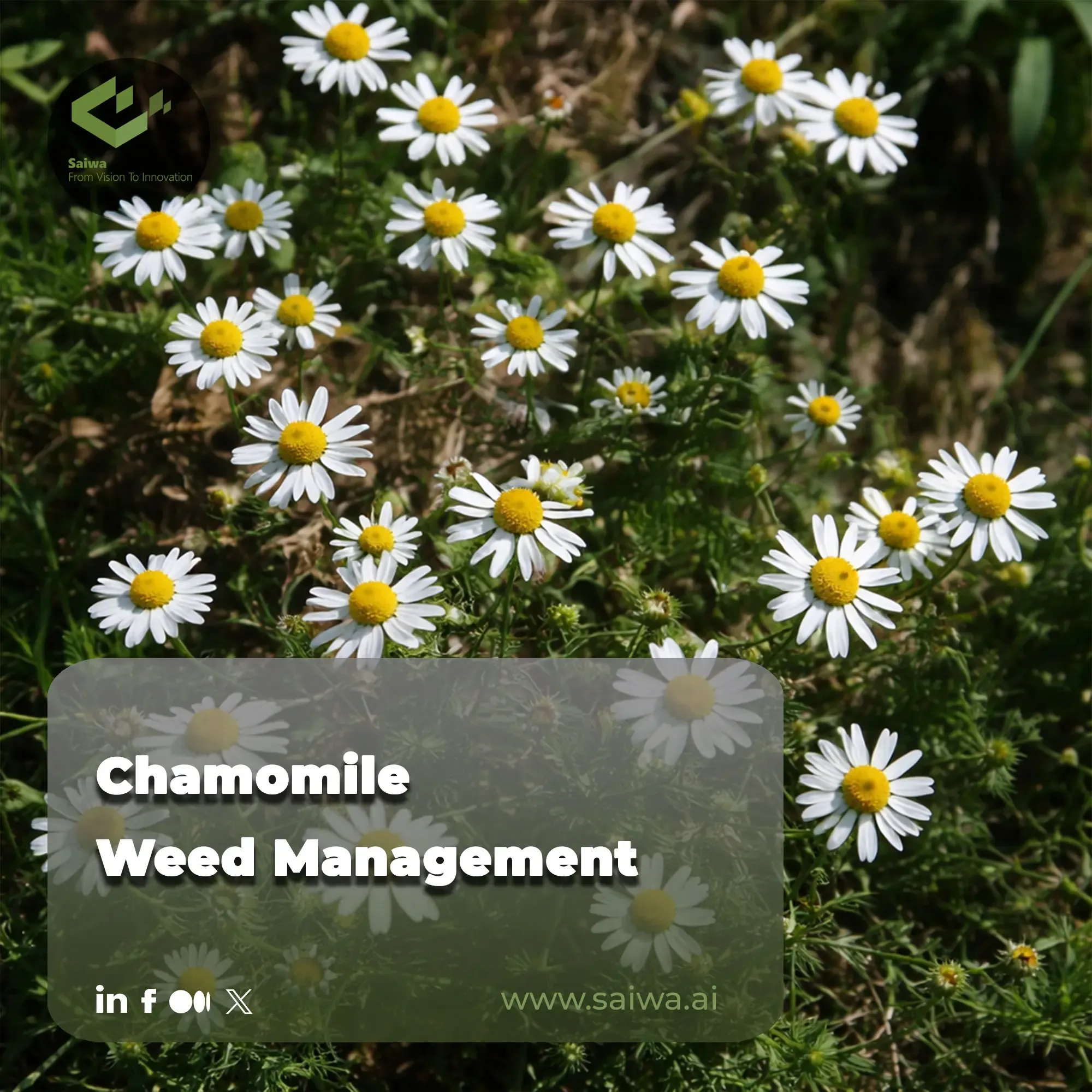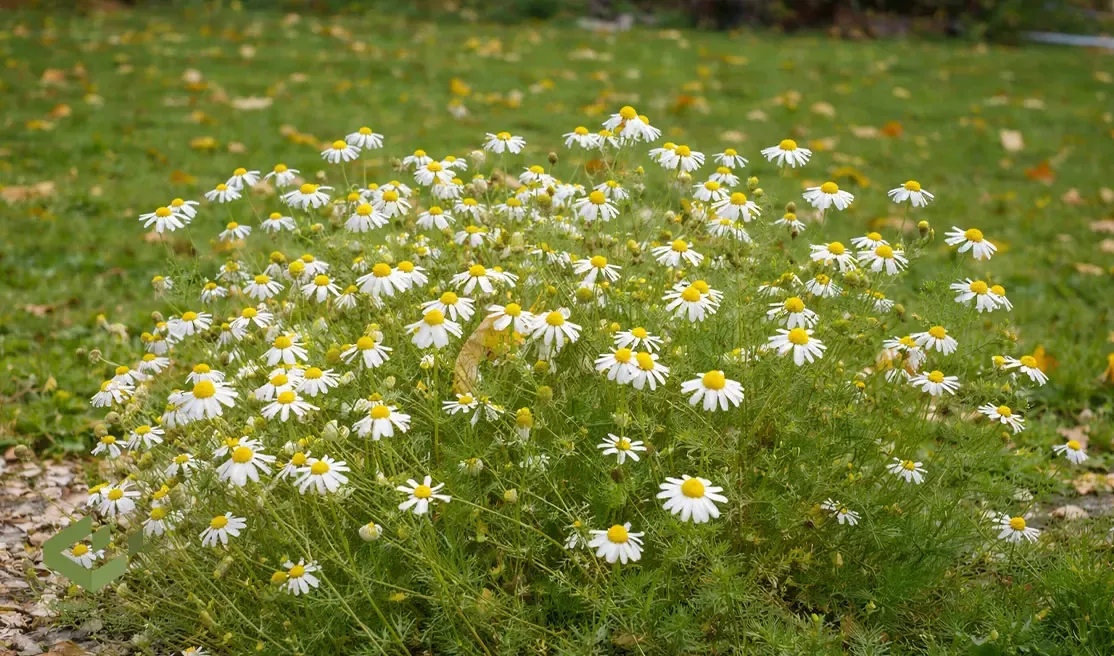Chamomile Weed Management - Crop Protection Through Smart Technologies

Chamomile in Crop Fields: Characteristics, Risks, and Control Importance
Chamomile species (such as Matricaria chamomilla and Anthemis arvensis) are widespread annual weeds found in cereal and pulse fields, waste areas, pastures, and field margins. They tolerate varied soils and climates, germinate in spring and autumn, and flower through summer. Each plant produces a large number of seeds, which can remain viable in the seed bank for over five years and easily invade crops again.
What Makes Chamomile a Problem Weed?
Chamomile poses a significant challenge due to its rapid growth and the ability of a single plant to release up to half a million seeds into the environment. It survives seasonal variability (spring, summer, winter annual forms), and its seeds spread via machinery, water, and animals. Dormant seeds persist in the soil for years, making single control methods ineffective.
How Chamomile Affects Crop Yields
These weeds aggressively compete with crops for moisture, nutrients, and sunlight. Even at moderate densities, chamomile can noticeably reduce cereal yields. In heavily infested fields, losses in crops like spring wheat can become substantial, while pulse crops are especially vulnerable and may suffer severe damage.
Major Crops Affected by Chamomile Growth
Chamomile aggressively invades crop fields, significantly reducing the yield and quality of several key agricultural crops.
Wheat: Chamomile can reduce spring wheat yields by up to 25% due to competition for resources.
Barley: Infestations can decrease barley yields by up to 10%, impacting both grain quality and quantity.
Oats: Oat crops are susceptible to yield reductions when chamomile competes for nutrients and water.
Canola: Even low densities of chamomile can lead to significant yield losses in canola due to early-season competition.
Cutting-Edge Technologies and Methods for Chamomile Control

Advancements in agricultural technology have introduced innovative solutions for chamomile control, enhancing precision and sustainability in weed management strategies.
Artificial Intelligence (AI) and Machine Learning
AI algorithms analyze images and sensor data to identify weeds like chamomile and distinguish them from crops, enabling targeted weed control. This weed detection approach reduces widespread herbicide use, lowering chemical impact on the environment. AI systems are also capable of recognizing various growth stages of chamomile, allowing for timely and effective intervention tailored to this specific weed.
Drone Surveillance and Treatment
Drones equipped with multispectral cameras capture high-resolution images of fields to create detailed chamomile infestation maps. These maps enable precise application of herbicides or biological agents directly where chamomile is present, reducing unnecessary treatments and improving chamomile control efficiency.
Robotics and Automated Weeding
Autonomous robots equipped with AI vision systems can autonomously identify and remove chamomile plants in crop fields, cutting labor costs and increasing precision in weed management.
Biological Control Agents
Natural predators and pathogens specific to chamomile can be deployed using drones or ground equipment, offering an eco-friendly alternative to chemical herbicides for chamomile suppression.
How Sairone Streamlines Chamomile Detection and Control
Managing chamomile in crop fields is difficult due to its ability to spread quickly and re-emerge from long-lived seeds. Sairone, developed by Saiwa, uses AI to analyze drone imagery and detect chamomile early, before it becomes a major problem. The program's models are trained to recognize chamomile among different crop types, even when the plants are young and visually similar. This helps farmers respond before infestations intensify.
In addition to detection, Sairone provides clear visual maps showing where the weed is concentrated. This allows for more precise, localized treatment and helps avoid the unnecessary use of herbicides across entire fields. By monitoring weed pressure over time, Sairone enables better planning and long-term control strategies. Sairone offers a reliable way to manage chamomile more efficiently and with less environmental impact, whether on large farms or smaller plots.
Read Also : Invasive Species Ontario - Threats and Advanced Management
Conclusion
Effective chamomile control is essential for ensuring crop productivity and economic sustainability. Using advanced technologies such as artificial intelligence, drone surveillance, and integrated platforms like Sairone enables precise and sustainable weed control, minimizing chemical inputs and promoting long-term agricultural resilience.
Note: Some visuals on this blog post were generated using AI tools.
